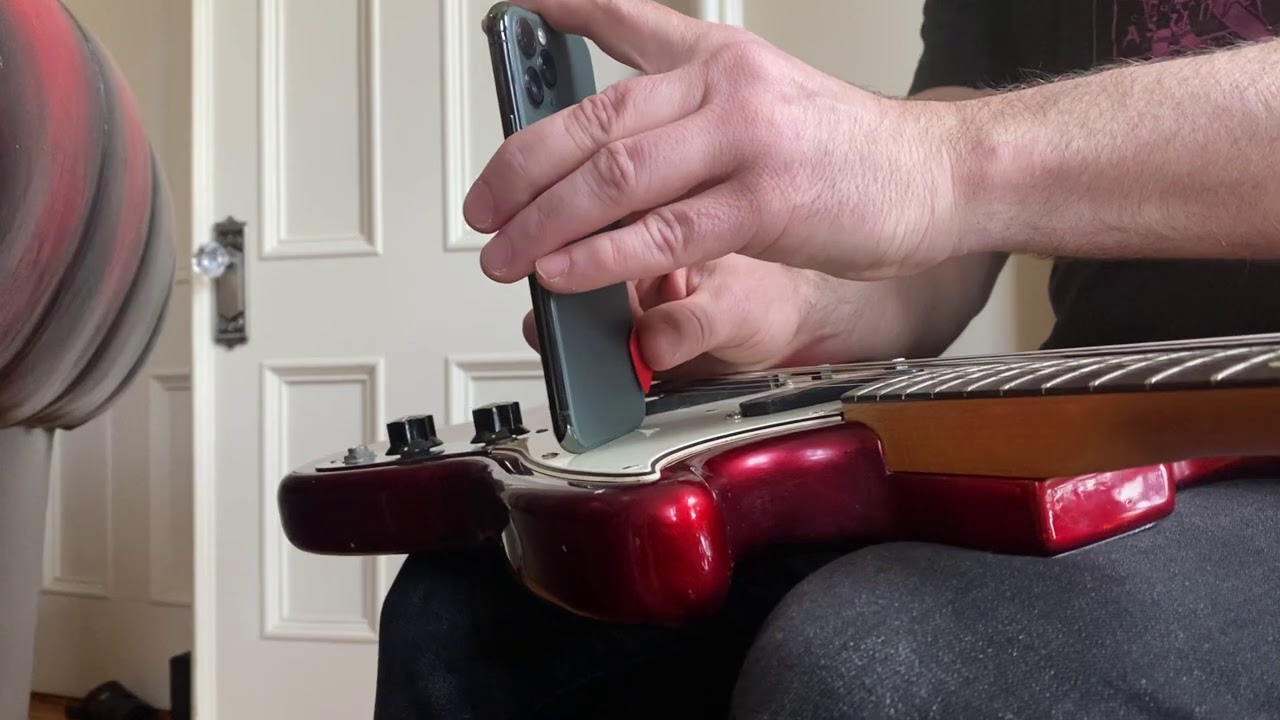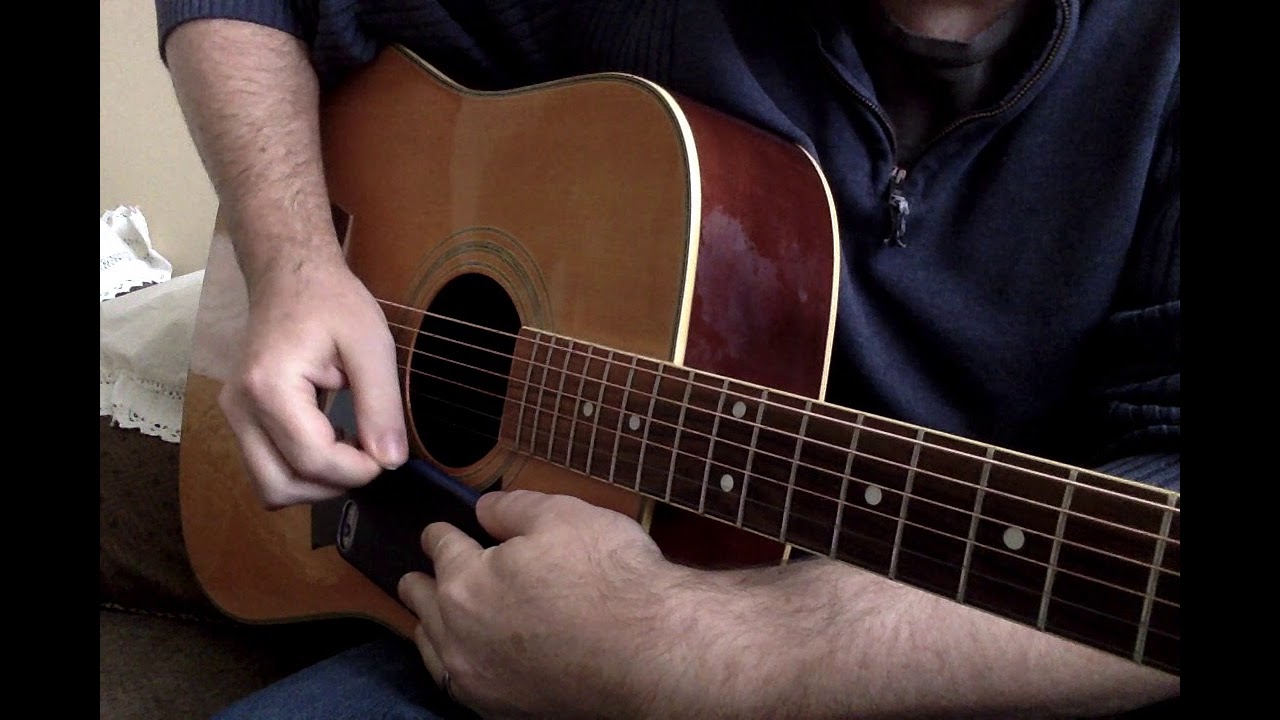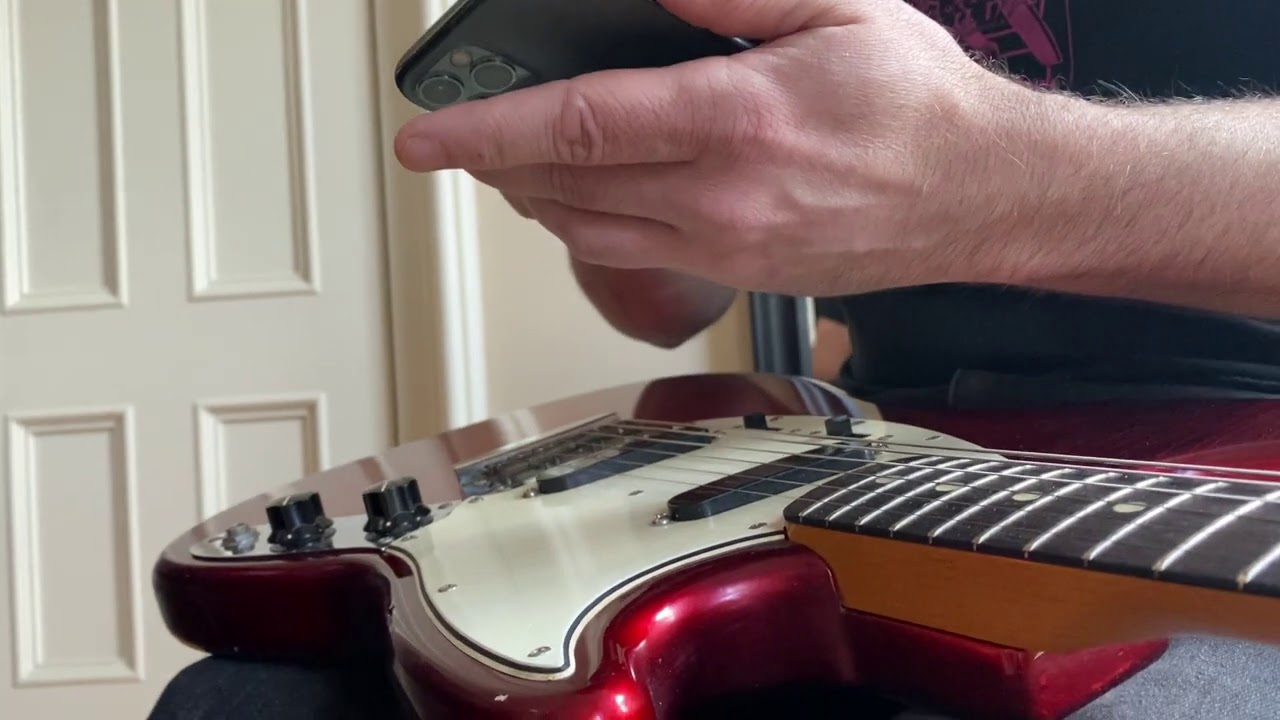Here’s an update. For whatever reason, the phone tapping has become super easy over the last week, to the point where I can now do 240 for 5 bars or more with almost no feeling of tiring right up until the end. 250 is generally doable for fewer bars. And just on a lark I turned on the metronome and was able to do 270 yesterday for what feels like a realistic 1-2 bars. These are obviously stupid, stupid speeds, bordering on hyperpicking speeds.
This doesn’t feel hyper or vibrational, and I can’t actually do hyperpicking elbow technique. It feels like typical wrist motion, just very fast, and minus any feeling of tiring out or tension. In fact earlier in the week I was getting tension all over in the traps, delts, lats, tris, you name it. As the week has gone one, with a few minutes here and there of trying to do this, I’ve started to be able to do it without firing the other muscles and tensing up all over. Based on what this feels like, I now think I was “doing” that tension, by trying to learn to move just the hand and accidentally activating everything near it. I’ve used the analogy of learning to raise one eyebrow before, and accidentally moving your whole face at first. That’s what this feels like.
There is no motion I can do on a guitar that goes anywhere near this speed, and believe me, I’ve tried on and off over the years. I don’t think I’m fooling myself here either, since I can do it dead to a metronome for bars at a time. And just to be clear, I didn’t inch up to this by slowly raising the metronome. I just noticed that I would have these random moments of suddenly being able to hit these very fast speeds, some with less tension than others, before fatigue set it in.
t could be that there’s another level of speed here that I and perhaps other players have, and just haven’t ever learned to tap into (pun intended) because we only ever practiced on a guitar, using whatever incorrect form or muscle activation we learned. That would be very exciting stuff.
I’ll keep tooling around with this to see if I can get the motions to work on the guitar itself with this laptop phone hack. Here’s a quick stab at this yesterday around 240 with and without a metronome:
The thing that excites me about this is the random way I start moving when I get near the string and everything feels weird. It looks like a lot like Kim’s tremolo case study. Meaning, it looks a lot like what beginners do when they learn a new skill. Which suggests that this is indeed a new thing I’ve never done before, and that would explain why I’ve never had this kind of speed prior.
Anyone else with low 200bpm max speeds wants to try this, and see if you unlock anything, that would be cool.






 % sure I started with single string speed and went from there.
% sure I started with single string speed and went from there.